
Recently approved spot bitcoin exchange-traded funds (ETFs) are likely to divert investor interest and trading volume away from centralized exchanges (CEXs), according to Anthony Bevan, CEO of the wealth management firm Blockguard. Bevan, a full-time trader and investor, added that spot bitcoin ETFs are likely to attract investors who are keen on “more regulated and mainstream investment avenues.”
Decentralized ETFs
CEXs may have to enhance or upscale their service to match users’ high standards if they are to compete with spot bitcoin ETFs. Commenting on the wealth management system known as decentralized ETFs, the Blockguard CEO claimed that it excels at providing users or investors with “curated portfolios of thoroughly researched and back-tested coins.”
Besides helping investors diversify their investments, decentralized ETFs can make the investment process “more efficient and accessible,” Bevan claimed. In his written answers sent to Bitcoin.com News, the CEO asserts that this wealth management system works because it leverages the blockchain’s key attributes such as decentralization and transparency.
Meanwhile, when asked about the growing incidents in which decentralized finance (defi) platforms are hacked or users lose funds to scammers, Bevan acknowledged that the problem may be getting out of hand. However, the CEO insisted that the mainstream media is only giving excessive coverage to such incidents because it aligns with their goal of steering users away from decentralized finance. Bevan also lists several measures or steps that users can take to minimize the chances of becoming hacking or scam victims.
Below are Bevan’s answers to the answers sent.
Bitcoin.com News (BCN): What are blockchain-powered risk management tools and how do they work to help users minimize the risk of major losses?
Anthony Bevan (AB): Blockchain’s potential for portfolio and risk management is limitless, and this is a cornerstone at Blockguard. Traditional finance users are accustomed to one-stop portfolio management, a gap which needs to be filled within the blockchain sector, offering unparalleled transparency and flexibility. Elevating this, Portfolio Pro categorizes on-chain assets, mitigating risk, providing AI-driven suggestions, and aiding in long-term financial planning.
BCN: Recently, as many as 11 spot bitcoin exchange-traded funds (ETF) were approved by the US Securities and Exchange Commission (SEC). In your view, how are these ETFs going to affect centralized exchanges?
AB: The approval of spot bitcoin ETFs (Exchange-Traded Funds) can impact centralized exchanges by potentially diverting some investor interest and trading volume to the ETF market. It might provide a more regulated and mainstream investment avenue for those who prefer traditional financial instruments.
Centralized exchanges may need to adapt to changing market dynamics and increased competition from ETFs by enhancing their services, exploring new investment products and generally being more customer-focused
BCN: What are decentralized ETFs and how do they work? Do you believe that they could play a vital role in wealth management?
AB: This portfolio management system streamlines investment by providing curated portfolios of thoroughly researched and back-tested coins. With a simple click, users can diversify their investments based on comprehensive data, making the investment process more efficient and accessible. The platform also incorporates a convenient rebalancing mechanism, allowing users to maintain their portfolio allocations effortlessly.
This portfolio management system excels on a blockchain by leveraging the decentralized and transparent nature of the technology. Utilizing blockchain ensures that investment data is secure, tamper-resistant, and easily accessible. Smart contracts can automate portfolio rebalancing, providing users with a trustless and efficient way to manage their assets. Additionally, the transparent nature of blockchain enhances the credibility of the thoroughly researched and back-tested coin data, fostering a greater level of trust among users in the decentralized financial ecosystem.
BCN: Your organization reportedly has a virtual financial advisor that claims to offer users sophisticated financial planning. Can you tell our readers how it works and whether it can help them achieve specific financial goals?
AB: Blockguards Portfolio Pro aims to disrupt the financial planning industry. Utilizing blockchain technology, Portfolio Pro will read each asset a user owns and automatically categorize it. With a CFP on staff, we have created our 4 Financial Blocks that an asset can fall into Liquidity, Cash Flow, Growth, and Risk Mitigation. The user can also manually add off-chain assets if desired while we utilize AI to spot weaknesses or areas of opportunity within the portfolio. The goal planning feature will put the control in the individual’s hands-on achieving their goals.
BCN: What are gold-backed tokens and what’s their appeal to investors? Also, since gold ETFs are already popular in tradfi, why would anyone want to own gold-backed tokens when they can easily access and own gold ETFs?
AB: Our gold back token is a token that’s pegged to the value of 1 gram of gold, there are other larger gold pegged products out there like Paxos and Tether gold, however, we want to allow smaller investors the chance to not just buy the tokenized gold but build up to an amount where they can then have ownership of a solid gold bar (100g)
When an investor buys tokens, they can build them tokens up to 100, once they hit that target, they have the option to convert their tokens into non-fungible tokens (NFT), this NFT will be direct ownership and have a serial number of 1 gold bar in secure storage.
We believe that this concept alone helps a wider market store their funds in 1 of, if not the most well-performing asset over the last centuries. Gold is a great store of value and the ‘normal’ person doesn’t usually have a chance to grow their gold investment due to lack of accessibility, we believe we have solved this problem.
BCN: Today, the governance of Web3 projects is largely done through the project’s native tokens. Do you believe as some say that non-fungible tokens (NFTs) could also be used, or replace tokens, for governance? If yes, what are the pros and cons?
AB: Yes, we ourselves started with a fixed-term staking platform, where users are paid out in stablecoins. The way it works is similar to a traditional hedge fund, the team invests lots of research and due diligence and feeds the returns back to the users.
This platform is a DAO model and each member of the DAO must hold at least 1 NFT, 1 NFT = 1 vote. This could be taken 1 step further with governance for a blockchain, an NFT is after all just a different type of token.
Using NFTs for governance can offer increased transparency, immutability, and security in decision-making processes. NFTs also enable clear ownership and traceability of voting rights, reducing the risk of fraud. I also believe that NFTs have the ability to draw more users to want to engage in governance.
Cons in my opinion are at a low, however, for there to be a high level of decentralization then the NFT collection would need to be very large as a small collection could make the blockchain extremely centralized with wealthy investors taking up all of the control
BCN: According to a report, users lost roughly $ 2 billion to hacks, scams, and exploits in 2023. The menace of scams, rug pulls, pump-and-dump coins, etc is unlikely to disappear soon. Can you talk about how users can mitigate such risks?
AB: The money lost to malicious people within the space is no doubt a problem, however, I always like to point out to people that the reason the money lost in defi is public knowledge is because of the fear the media wants to put into people, steering them away from decentralized finance.
To put that number into perspective, fraud alone costs people just in the UK around $ 8 billion and businesses up over $ 150b. Now these numbers are based on real-world issues, however, these issues are not pushed to the media as much as the issues within defi.
Saying that, we do obviously need to be aware and mitigate loss as much as possible, I will list below what I believe can help in this matter.
- Use reputable platforms: Stick to well-known and regulated cryptocurrency exchanges, try not to leave assets idle on any centralized exchange, I only ever leave trading funds in an exchange, all other assets are in an offline wallet/Multisig safe
- Secure your accounts: Enable two-factor authentication (2FA) and use strong, unique passwords.
- Cold storage: Consider storing a significant portion of your crypto offline in hardware wallets for added security.
- Multisig safe: a wallet that needs multiple signatures to execute a transaction, this adds an extra layer of security for your funds.
- Research projects: Thoroughly investigate before investing in a cryptocurrency project to avoid potential scams.
- Stay informed: Stay updated on security best practices and common scams within the crypto space.
- Beware of phishing: Be cautious of phishing attempts through fake websites, emails, or messages attempting to steal your credentials.
- Diversify wisely: Diversify your crypto investments to mitigate risks associated with specific projects or assets.
- Regularly update software: Keep your wallet software, devices, and antivirus programs up-to-date to address potential vulnerabilities.
- Educate yourself: Understand the basics of blockchain technology, smart contracts, and common crypto scams to make informed decisions.
- Trust your instincts: If something seems too good to be true or feels suspicious, exercise caution and verify information before proceeding.
What are your thoughts about this interview? Let us know what you think in the comments section below.
Bitcoin News

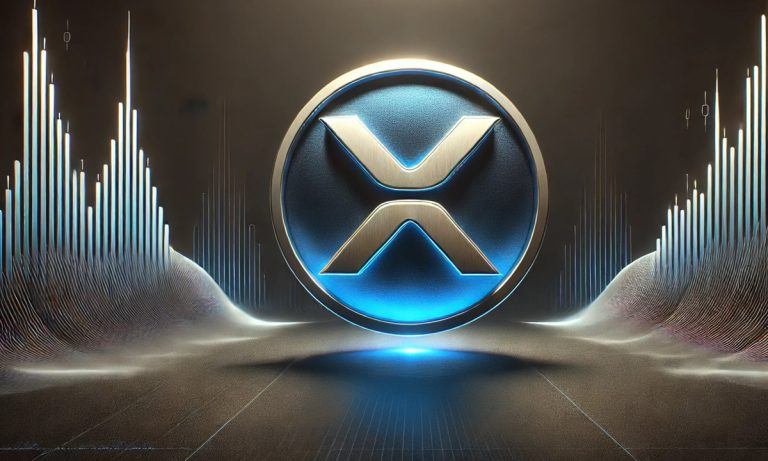

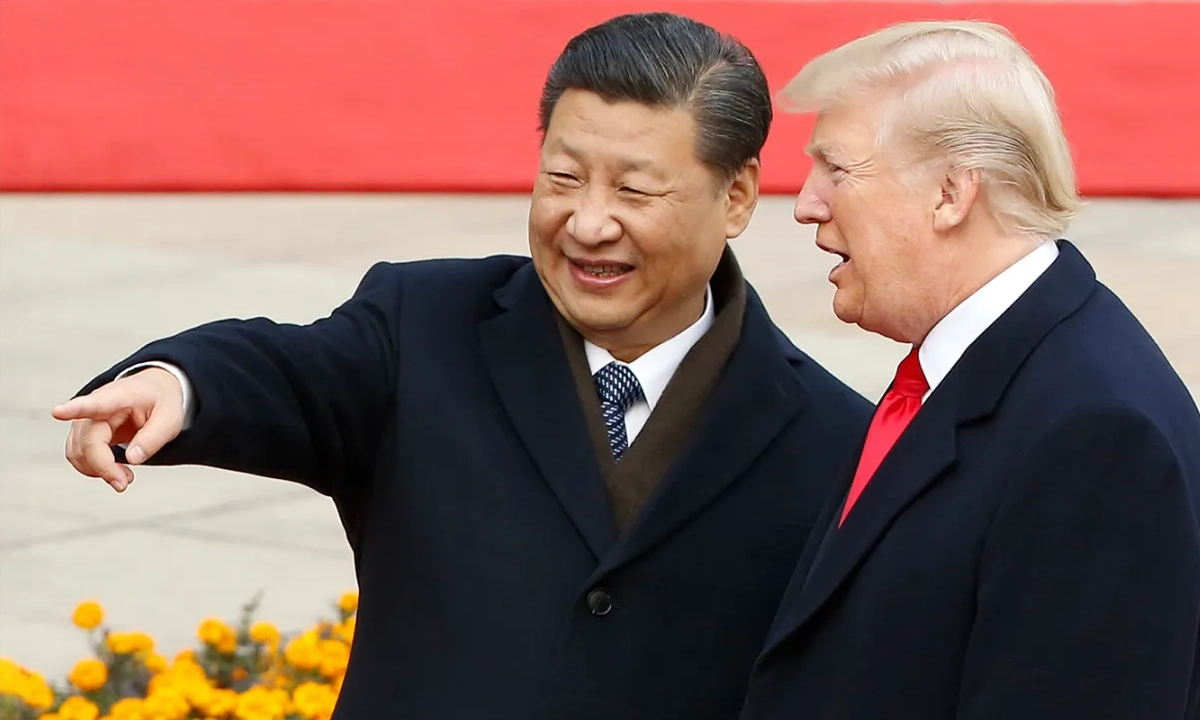
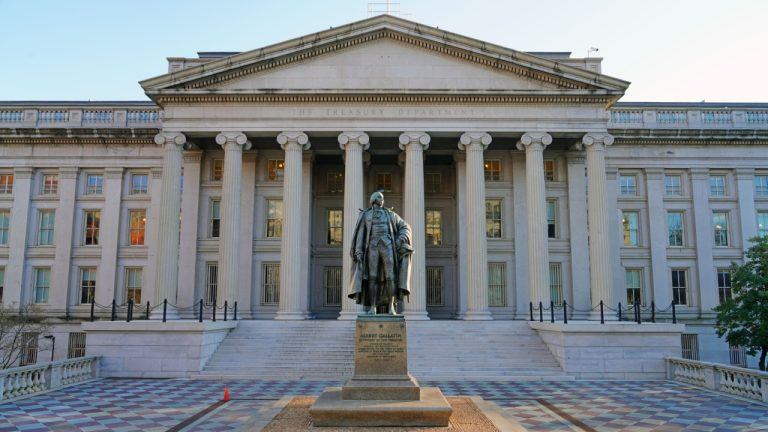
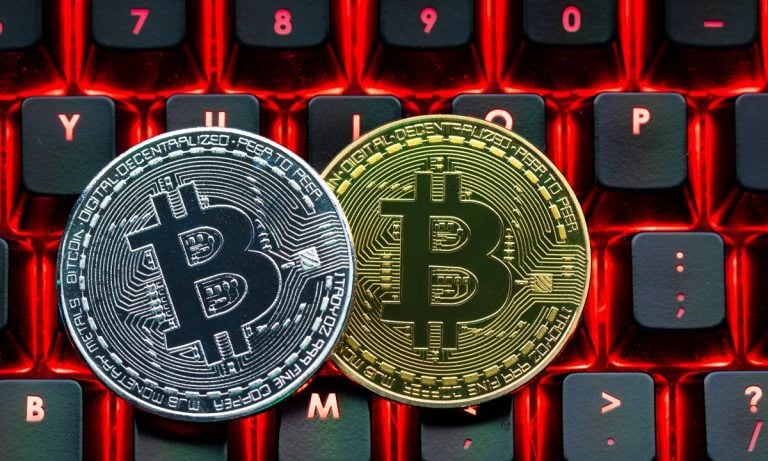
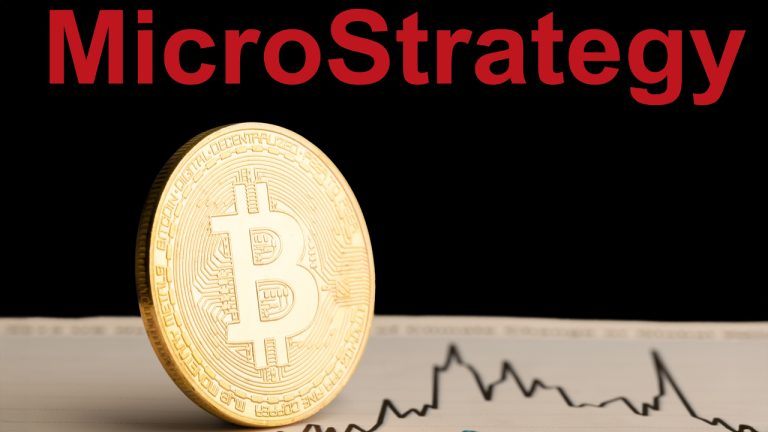

Leave a Reply